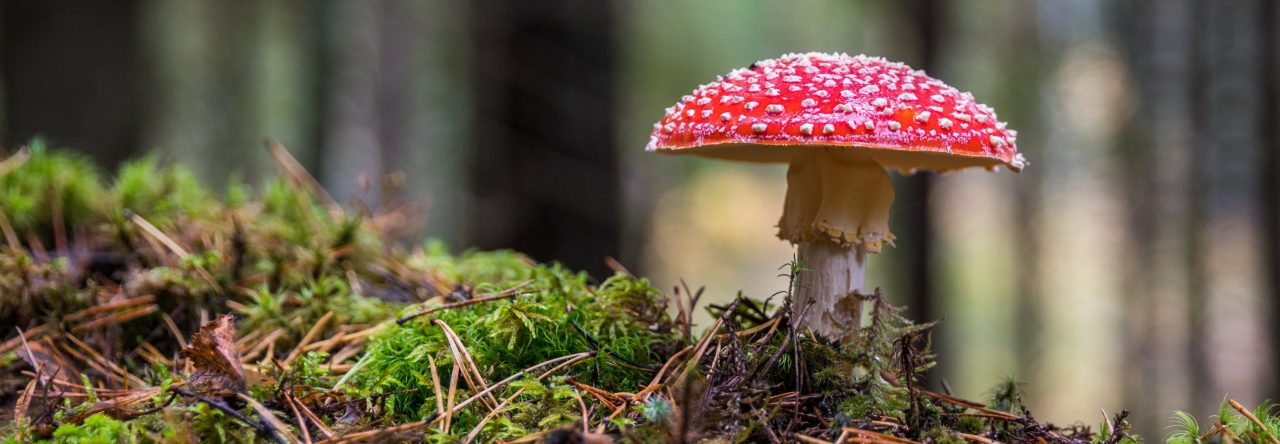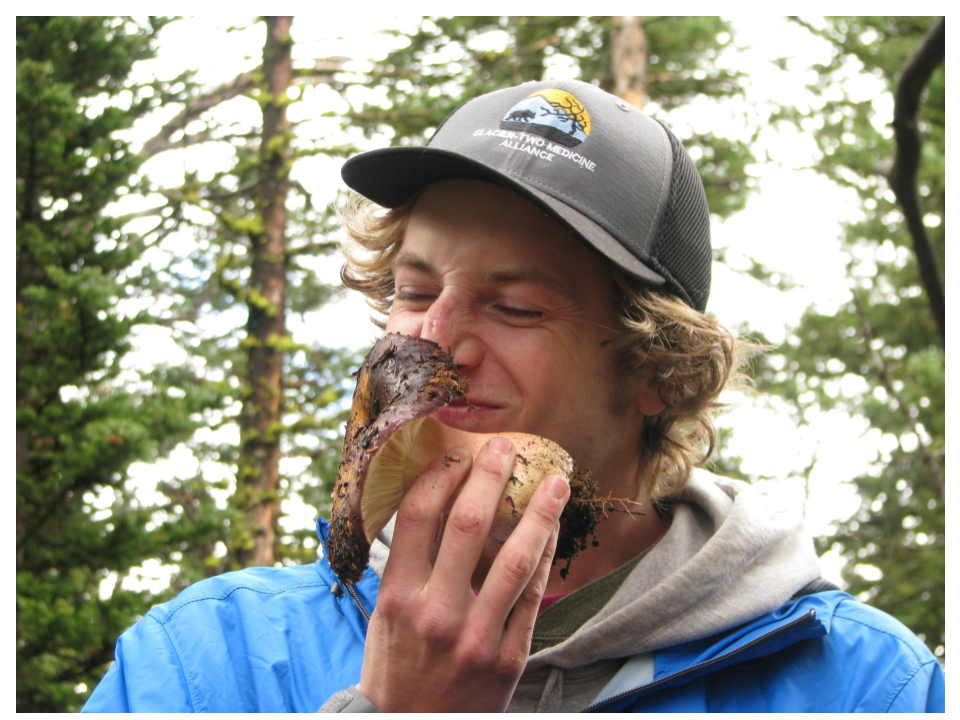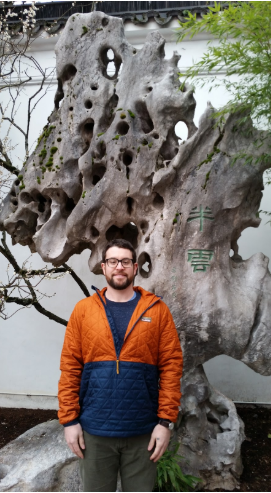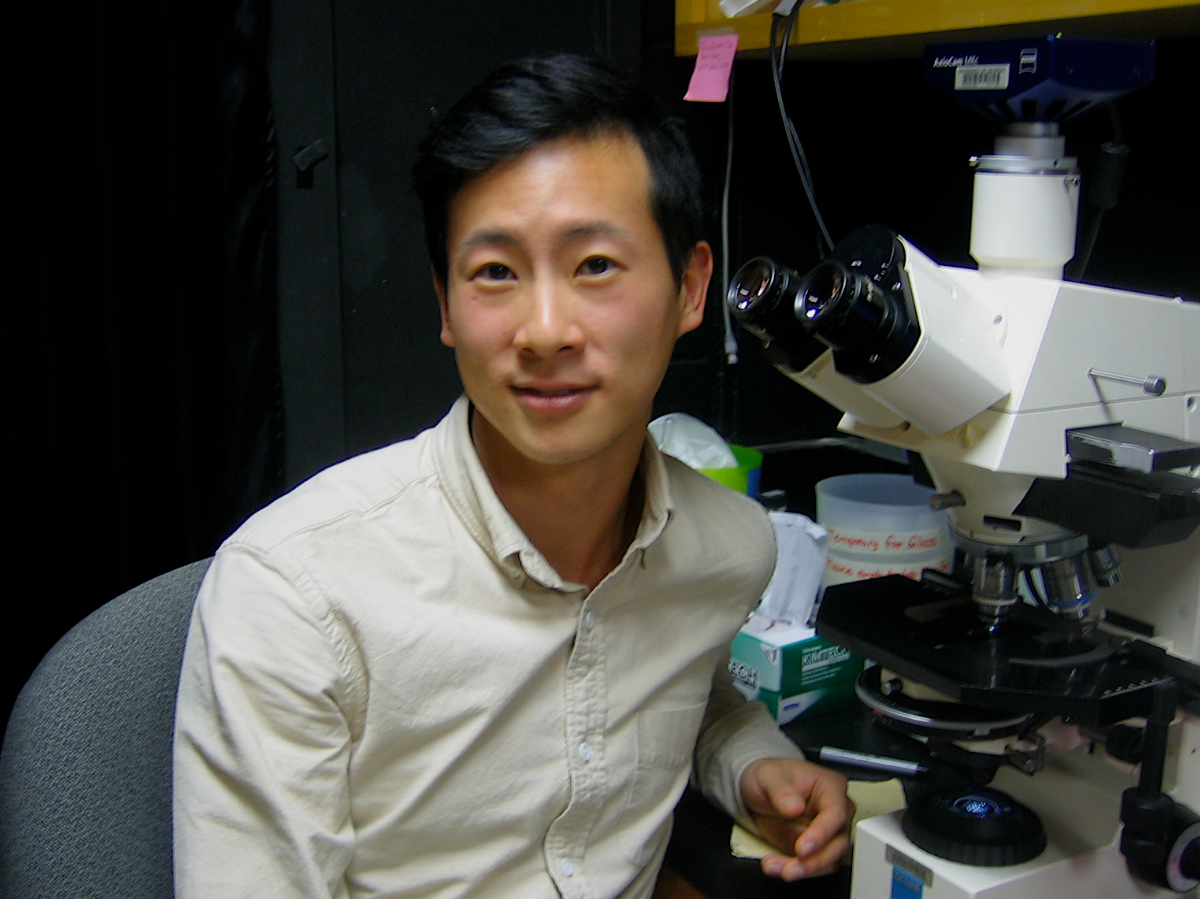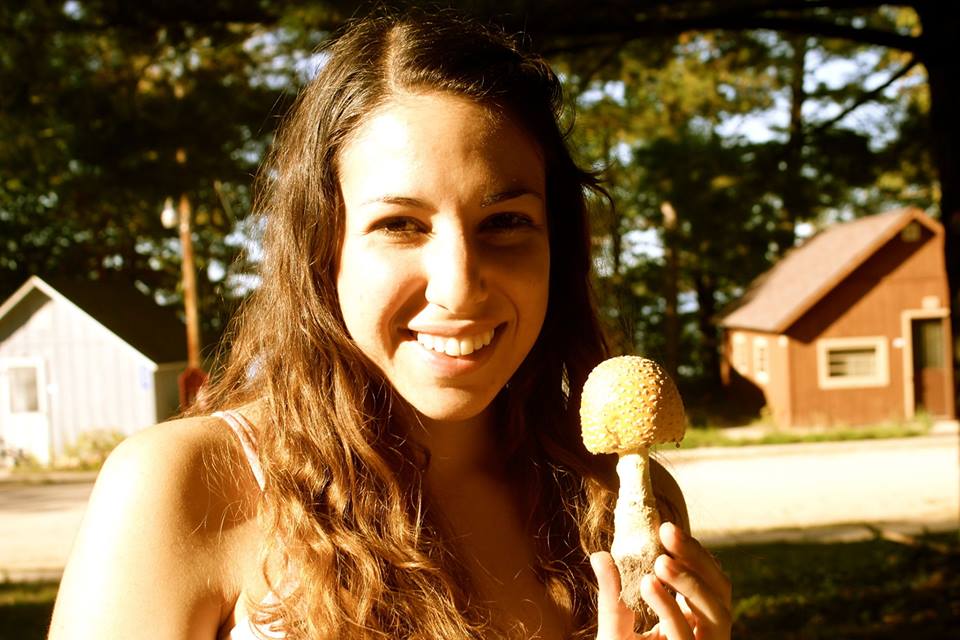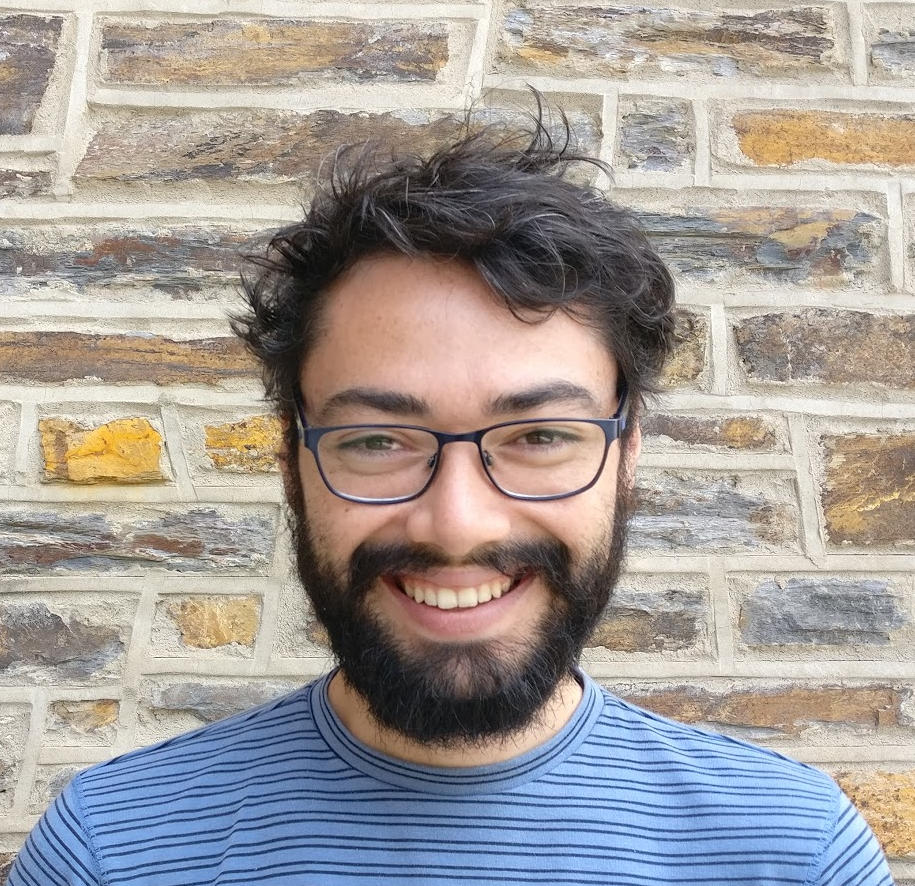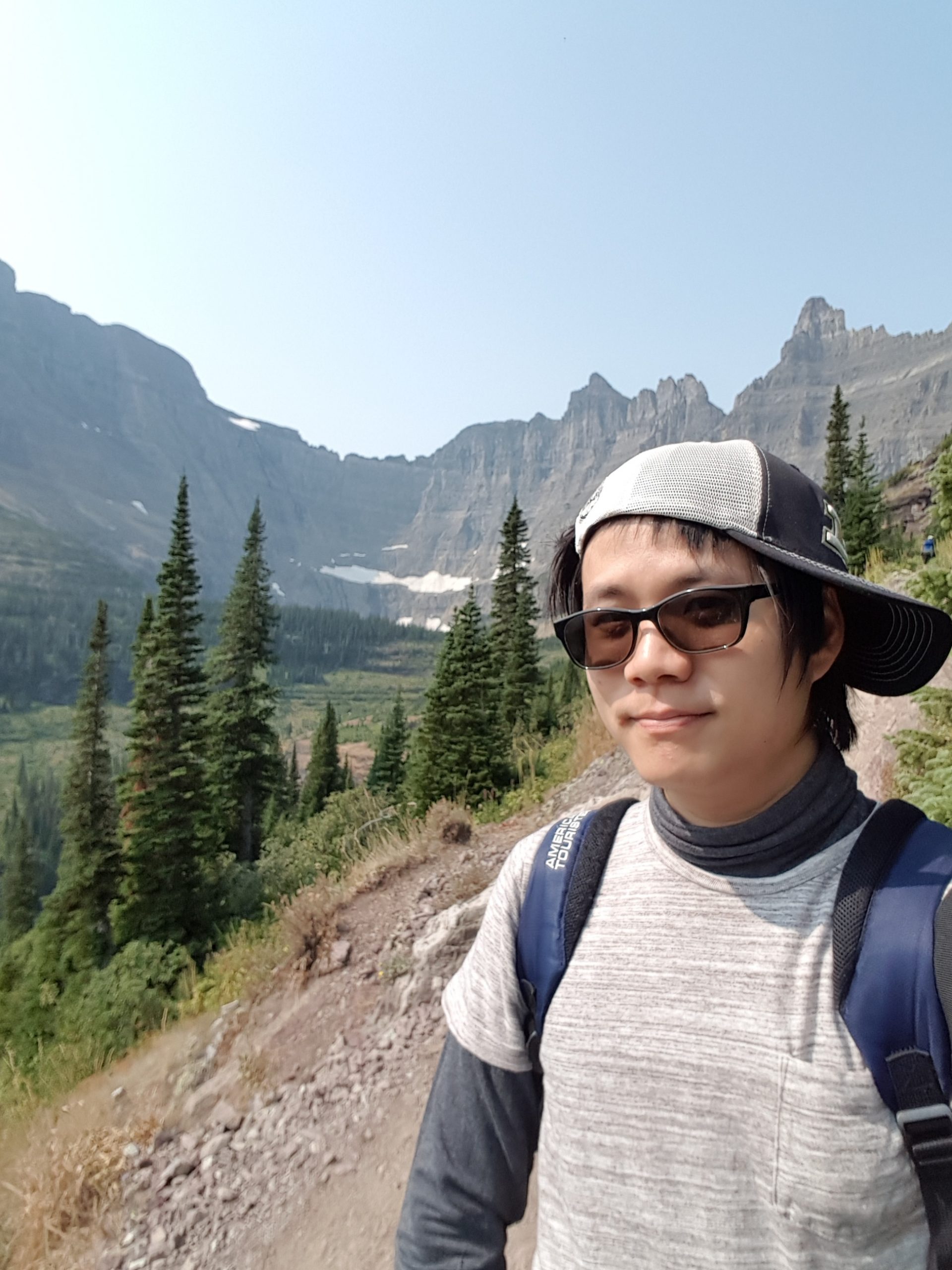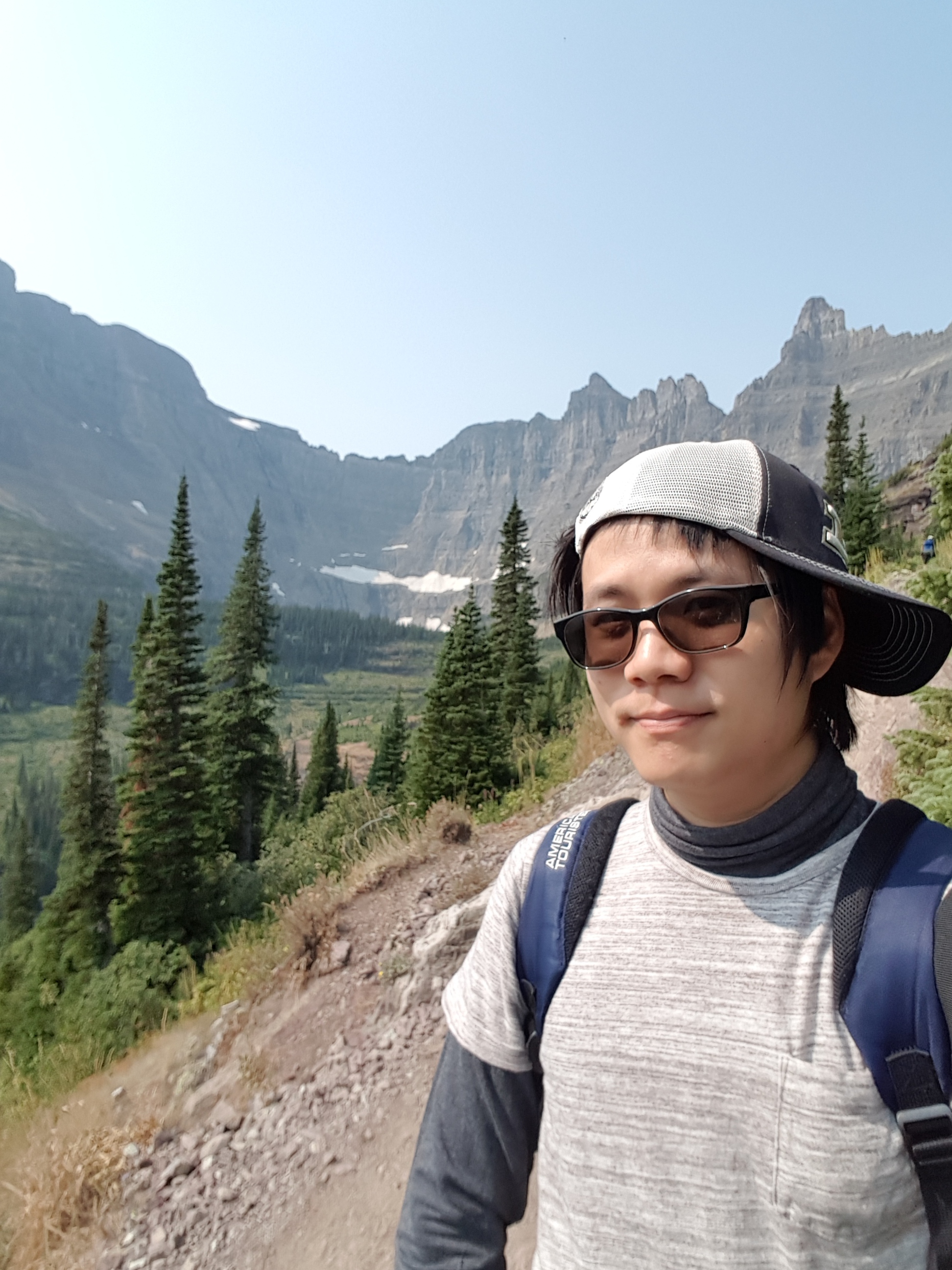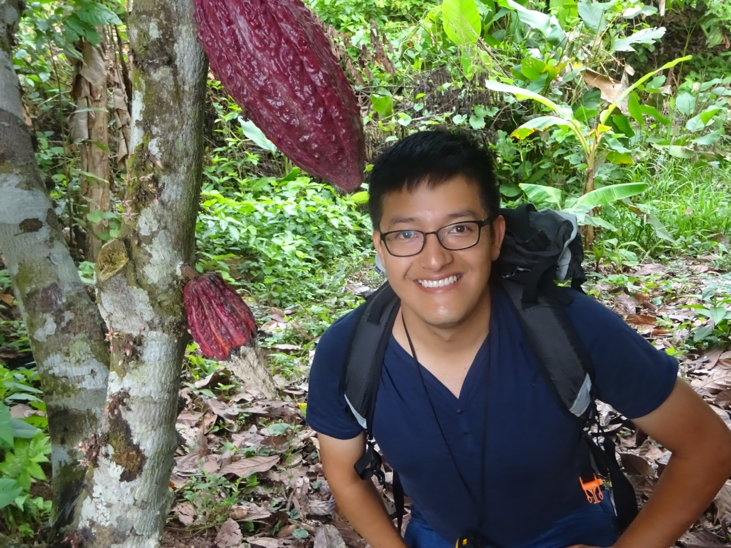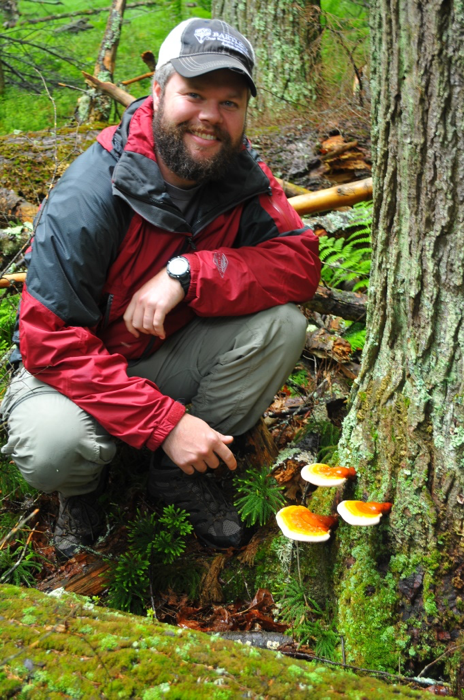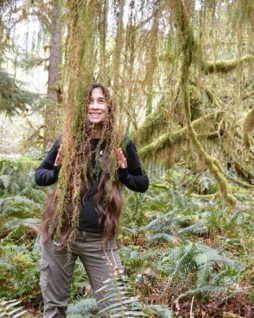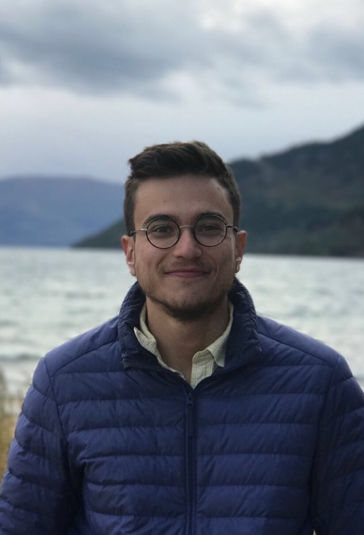 Chance Noffsinger is a native of Whitefish, Montana and currently working in the lab of Dr. Cathy Cripps at Montana State University, Bozeman. Chance’s research focuses on assessing the diversity, distribution, and ecology of the genus Russula in the Rocky Mountain alpine zone. Dr. Cathy Cripps and Chance have found over 150 collections of Russula from the Rocky Mountains and preliminary analysis indicates that at least 10 species are present. However, all of the tentatively identified species were originally described from Europe. Therefore, all Russula collections are being subjected to an in-depth morphological study and a systematic molecular analysis of multiple genetic loci. For the purpose of identification, Rocky Mountain Russula collections will be compared to type specimens or specimens from type localities for all tentatively identified European species. The systematic analysis will also include collections from alpine and Arctic regions worldwide to determine if these Russula species are endemic, intercontinentally distributed, or if cryptic species exist. Chance’s work will also produce a key for the identification of Alpine Russula in the Rocky Mountains which will promote future ecological research into the impact of this important ectomycorrhizal genus because little is known about the species present or how to identify them.
Chance Noffsinger is a native of Whitefish, Montana and currently working in the lab of Dr. Cathy Cripps at Montana State University, Bozeman. Chance’s research focuses on assessing the diversity, distribution, and ecology of the genus Russula in the Rocky Mountain alpine zone. Dr. Cathy Cripps and Chance have found over 150 collections of Russula from the Rocky Mountains and preliminary analysis indicates that at least 10 species are present. However, all of the tentatively identified species were originally described from Europe. Therefore, all Russula collections are being subjected to an in-depth morphological study and a systematic molecular analysis of multiple genetic loci. For the purpose of identification, Rocky Mountain Russula collections will be compared to type specimens or specimens from type localities for all tentatively identified European species. The systematic analysis will also include collections from alpine and Arctic regions worldwide to determine if these Russula species are endemic, intercontinentally distributed, or if cryptic species exist. Chance’s work will also produce a key for the identification of Alpine Russula in the Rocky Mountains which will promote future ecological research into the impact of this important ectomycorrhizal genus because little is known about the species present or how to identify them.
Any awards we should know about?
In 2018 I received the Ben Woo Grant from the Puget Sound Mycological Society to support the cost of my molecular work and I received funding for field work from the John W. Marr Fund based out of the University of Colorado Boulder. I would like to thank both organizations for supporting my research focused on Alpine Russula. Without the support of the Puget Sound Mycological Society and the John. W. Marr Fund my research would not have been possible.
What are your Career goals?
Currently, I’m pursuing a Master’s degree from Montana State University. Following graduation I plan on applying for a PhD program. I’m interested in using genomic data to understand fungal evolution within the Basidiomycota. However, the more I study fungi the more I’m enticed by all aspects of the field and I would consider a broad range of topics for future study. But, I’m also very interested in fungal genetics, molecular clock analysis, genomic analysis, the Russulales, and alpine fungi.
What is your favorite fungus and why?
My favorite fungus is Macowanites luteolus which was recently changed to Russula stricklandorum (Elliott and Trappe 2018). Macowanites used to represent a group of hypogeous russuloid fungi and now molecular analysis has confirmed their placement within the genus Russula. R. stricklandorum is my favorite because they are extremely difficult to find like most hypogeous fungi and upon further examination the collector is pleasantly surprised to see a vestigial stem and a tightly folded egg yolk yellow hymenium. I also enjoy the strong amyloid reaction of the spores which was one of the original microscopic characteristics that drew me into studying the genus Russula.
What is your favorite fact about fungi?
It’s more of a theory than a fact but, I’m very intrigued by the idea that terrestrial fungi predate land plants and possibly assisted them in the colonization of land sometime around 475 million years ago.
Who is your mycology role model?
My mycological role model is definitely my adviser, Dr. Cathy Cripps. Her supportive teaching style and dedication to mycology have helped me grow in numerous ways as a young scientist
Any good stories from the field?
All I’m gonna say is that the view from my field sites at 10,000 feet on the Beartooth Plateau is pretty hard to beat!
What do you like to do in your free time? What are your hobbies?
I enjoy snowboarding in the winter and rock climbing, mushroom hunting, and softball in the summer!

